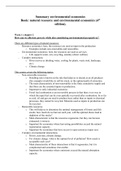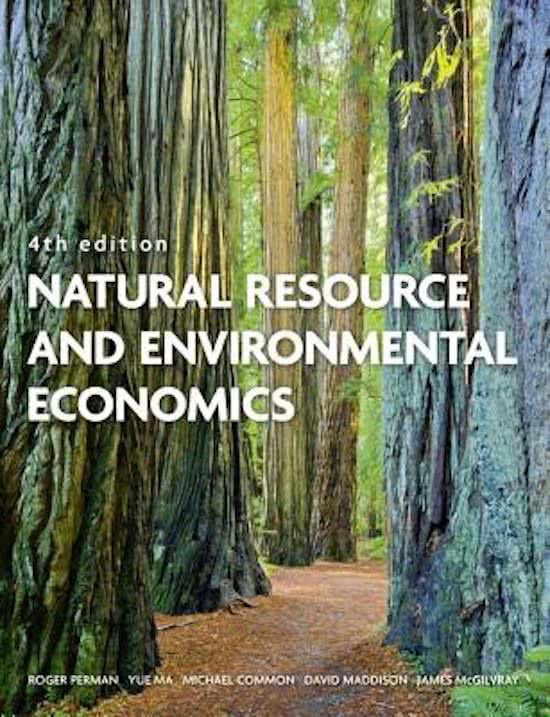Summary
Short summary of environmental economics with clarifications from book to the slides!
- Course
- Institution
- Book
This summary comprises both the book and the lecture slides. As the slides are somewhat vague sometimes, I read the book and added this to the summary to make things more concrete.
[Show more]




